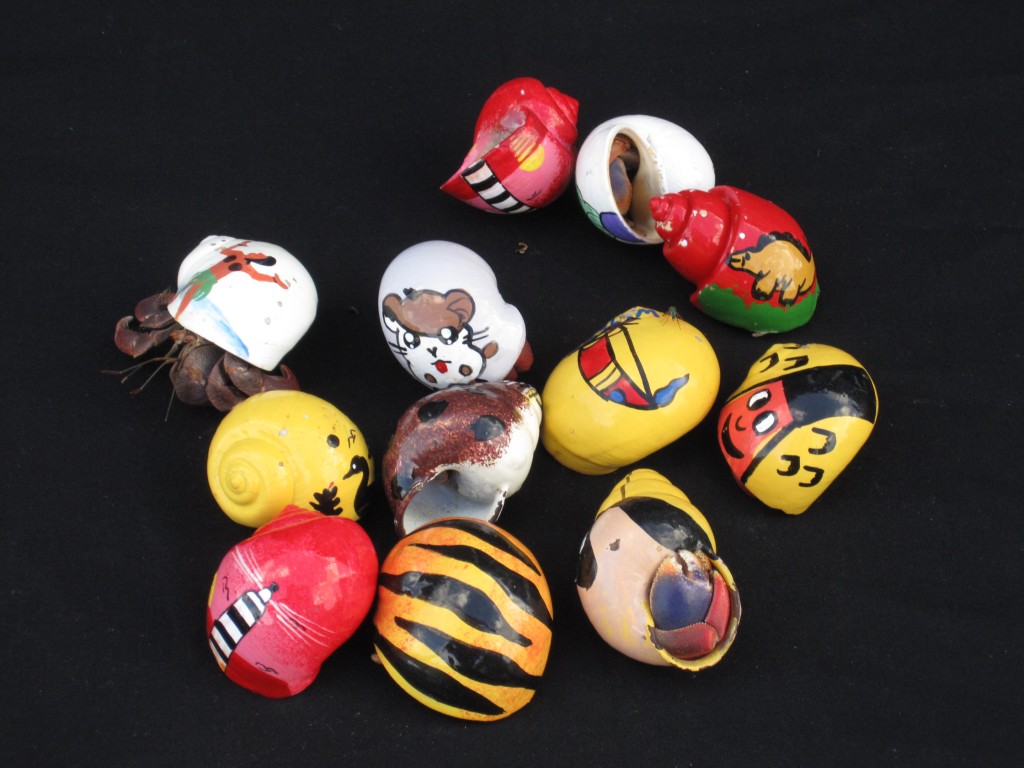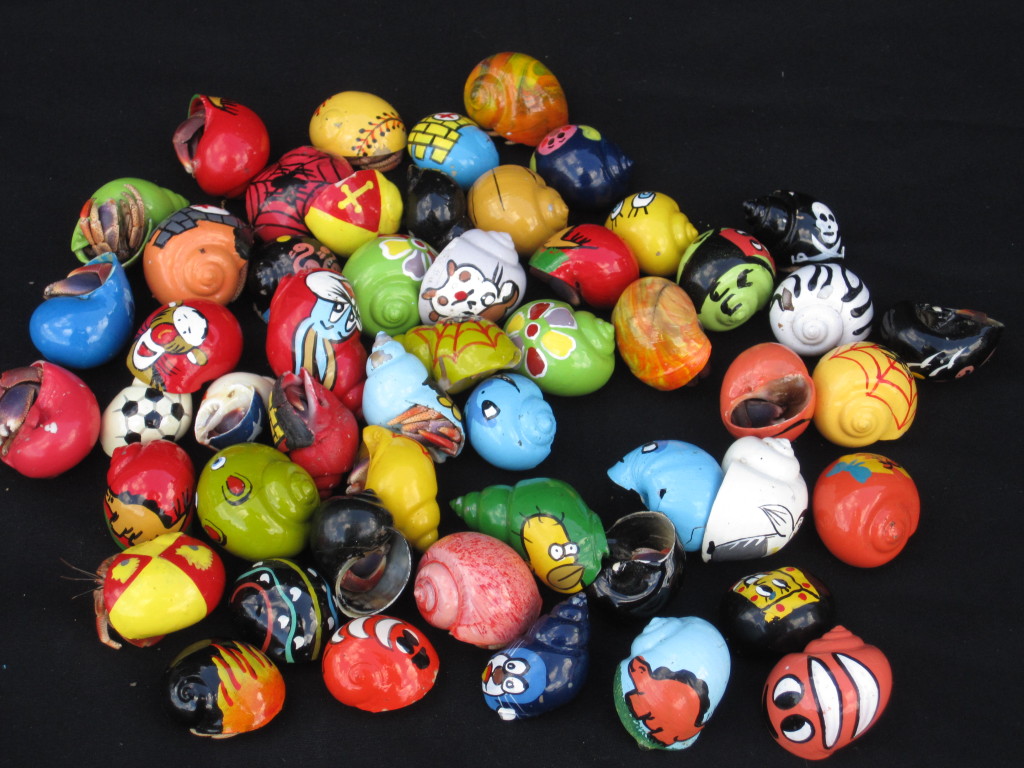Decorated hermit crabs are not just your average pet; they are vibrant little creatures that can bring joy and color to any home. As a proud owner of a decorated hermit crab, I’ve learned first-hand about their unique behaviors, needs, and care requirements. In this comprehensive guide, we will explore everything you need to know about these charming crustaceans—from their habitat and diet to their social behavior and care tips.
What Are Decorated Hermit Crabs?
Decorated hermit crabs are a species of land hermit crab known for their striking shells and lively personalities. Unlike their oceanic relatives, these crabs spend most of their time on land and are often found in tropical and subtropical regions. Their scientific name is Calcinus elegans, and they are beloved for their ability to adapt and thrive in various environments.
Physical Characteristics
These hermit crabs are characterized by their colorful shells adorned with intricate patterns. Their exoskeletons are typically brown to reddish in color, which helps them blend into their natural habitats.
Behavioral Traits
Their social nature is engaging; these crabs are known to be curious and can exhibit playful behaviors. Watching them navigate their environment can be endlessly entertaining.
Why Choose Decorated Hermit Crabs as Pets?
Decorated hermit crabs make excellent pets for various reasons:
- Low Maintenance: They require minimal care compared to traditional pets.
- Fascinating Behavior: Their active and social personalities can intrigue both kids and adults.
- Affordable: They are relatively inexpensive to purchase and maintain.
Setting Up a Habitat for Decorated Hermit Crabs
Essential Supplies
Creating an appropriate environment for your hermit crab is crucial for their health and well-being. Here’s what you need:
- Tank: A minimum of a 10-gallon aquarium is recommended.
- Substrate: Use a mix of coconut fiber, sand, and moss to mimic their natural habitat.
- Temperature and Humidity Control: A heat lamp and hygrometer are essential.
- Water Source: Both fresh and saltwater should be accessible in shallow dishes.
- Shelter and Hiding Places: Decorated hermit crabs need places to hide and explore.

Creating the Perfect Environment
It’s important to replicate their natural habitat as closely as possible. This includes:
- Temperature: Maintain temperatures between 72°F and 80°F (22°C to 27°C).
- Humidity: Keep humidity levels between 70% and 80%.
Feeding Decorated Hermit Crabs
A balanced diet is essential for the health and vibrancy of your hermit crab.

What Do They Eat?
Decorated hermit crabs are omnivores and require a varied diet that includes:
- Commercial Hermit Crab Food: Fortified pellets designed for their nutritional needs.
- Fresh Fruits and Vegetables: Offer a range of options like apples, bananas, and leafy greens.
- Protein Sources: Include cooked chicken, fish, or shrimp.
Feeding Schedule
Feed your hermit crabs daily while ensuring they have access to food at all times. Replace uneaten food every 24 hours to prevent spoilage.

Social Behavior and Interaction
One of the most delightful aspects of owning decorated hermit crabs is their social behavior. These little creatures thrive in groups and can often be seen interacting with one another.
Social Hierarchy
Hermit crabs establish social hierarchies, and observing their interactions can be profoundly entertaining.

Handling and Interaction Tips
When handling your decorated hermit crab, follow these guidelines:
- Gently scoop them up from underneath to avoid stressing them.
- Limit handling to short periods to prevent stress.
- Always wash your hands before and after handling to avoid transferring harmful substances.
Common Health Issues in Decorated Hermit Crabs
Understanding potential health problems is essential for any hermit crab owner.

Signs of a Healthy Crab
A healthy decorated hermit crab will show:
- Active and curious behavior
- Stable shell and body condition
- Normal eating and drinking habits
Common Ailments
Be on the lookout for these common health issues:
- Moulting Problems: Watch for crabs that are lethargic or not eating, as they may be preparing to moult.
- Shell Rot: If you notice any discoloration on the shell, consult a veterinarian.
- Parasites: Changes in behavior may indicate the need for a vet check-up.

Pros and Cons of Keeping Decorated Hermit Crabs
| Pros | Cons |
|---|---|
| Low maintenance and easy care | Sensitive to environmental changes |
| Engaging and social creatures | Can be susceptible to stress if handled too much |
| Relatively affordable | Long-term commitment; they can live for over a decade |
FAQs about Decorated Hermit Crabs
How long do decorated hermit crabs live?
With proper care, decorated hermit crabs can live for 10 to 15 years.
Can decorated hermit crabs change shells?
Yes, hermit crabs will change shells as they grow. Providing a variety of extra shells is crucial.
Do hermit crabs require a saltwater habitat?
While they do need access to saltwater, hermit crabs primarily live in freshwater environments.
Conclusion: Your Journey with Decorated Hermit Crabs
Owning decorated hermit crabs has been one of the most enjoyable experiences of my life as a pet owner. Their vibrant personalities and engaging behaviors can light up any room. With the right setup, diet, and care, these delightful creatures can thrive and bring joy to your home for many years. So, are you ready to embark on your journey with a decorated hermit crab?